Ball pythons are fascinating creatures with unique dietary patterns that sometimes confuse and worry their owners. As one of the most popular pet snakes, these reptiles are known for their docile nature and manageable size, but they can be notoriously finicky eaters. Many ball python owners experience periods when their beloved pet refuses food, leading to concern and anxiety. Understanding why your ball python might be refusing meals is crucial for providing proper care and ensuring their health and well-being. This comprehensive guide explores the various reasons behind feeding strikes in ball pythons and offers practical solutions to help your serpentine companion regain a healthy appetite.
Natural Fasting Periods in Ball Pythons
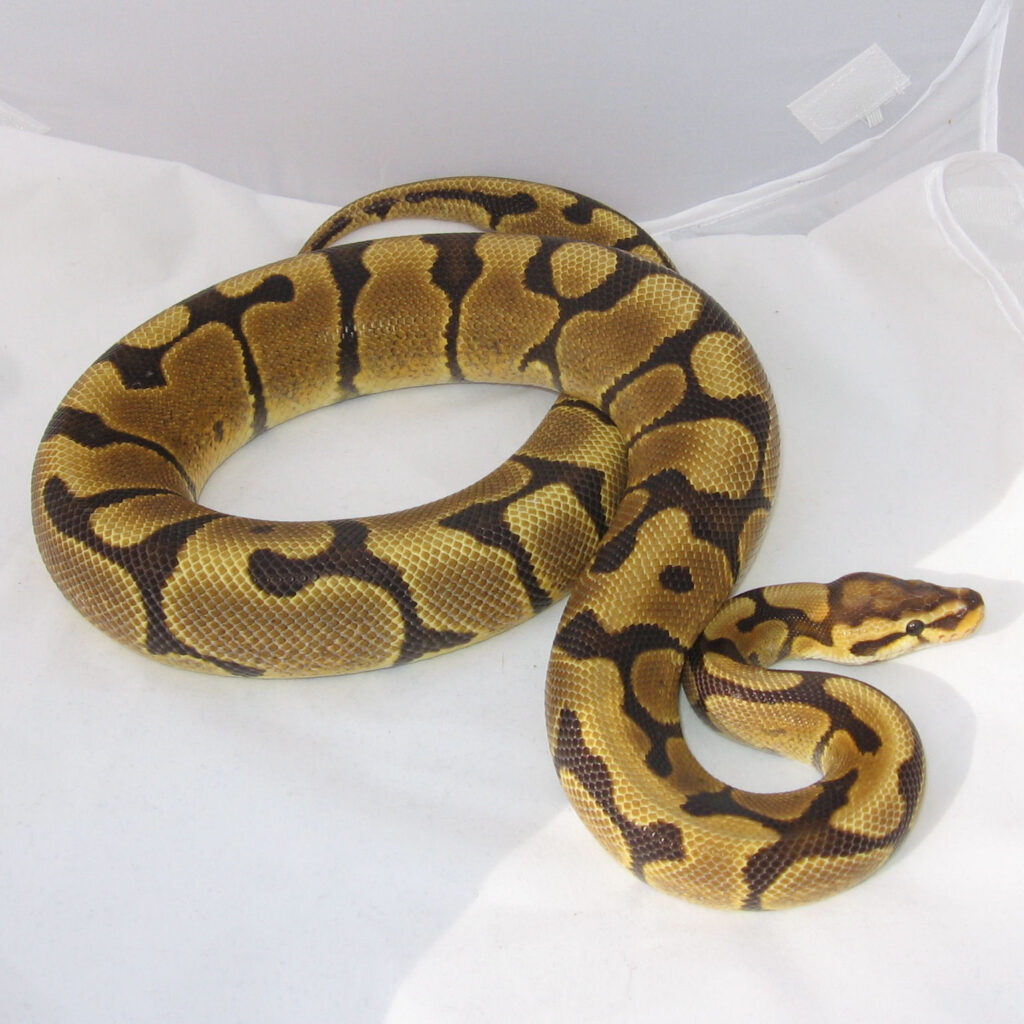
Ball pythons naturally experience periods of fasting that are completely normal and not necessarily cause for concern. In their native West African habitats, these snakes may go through seasonal changes in appetite, especially during the dry season when prey becomes scarce. Male ball pythons often refuse food during breeding season, which typically occurs between September and March in captivity. Female pythons might also fast before or after breeding or during follicle development. These natural fasting periods can last weeks or even months, with healthy adult ball pythons capable of going 6-8 months without food when necessary, though such extended fasts are not ideal in captivity. Understanding these natural rhythms can help alleviate unnecessary worry when your snake temporarily loses interest in eating.
Environmental Temperature Issues
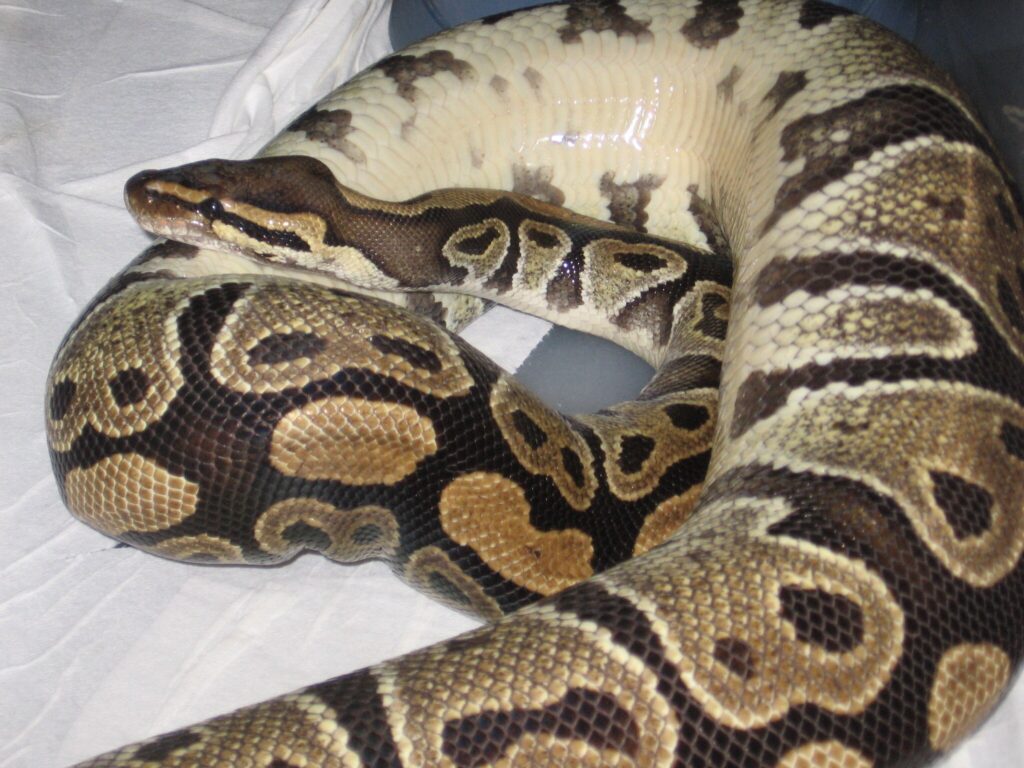
Improper temperatures are among the most common reasons ball pythons refuse food. Being ectothermic (cold-blooded), these reptiles rely entirely on external heat sources to regulate their body temperature and maintain proper digestion. Your enclosure should provide a thermal gradient with a warm side around 88-92°F (31-33°C) and a cooler side around 78-80°F (25-27°C). Without adequate heat, a ball python’s metabolism slows significantly, leading to disinterest in food and inability to properly digest meals. Nighttime temperatures should not drop below 75°F (24°C), as this can induce brumation-like behavior and feeding refusal. Always verify temperatures with reliable thermometers placed at both ends of the enclosure rather than relying solely on thermostat settings.
Stress and Insecurity

Ball pythons are sensitive creatures that can easily become stressed in captivity, leading to feeding refusals. Their common name derives from their defensive behavior of rolling into a tight ball when threatened, highlighting their naturally cautious temperament. Frequent handling, especially before or after feeding attempts, can cause significant stress that impacts appetite. Insufficient hiding spots or enclosures that are too open can make these secretive snakes feel exposed and vulnerable, triggering a stress response that manifests as feeding refusal. Changes in environment, such as relocating the enclosure or rearranging decorations, can also disrupt your python’s sense of security. Providing multiple snug hides that contact your snake on all sides, minimizing unnecessary handling, and maintaining a quiet, predictable environment can all help reduce stress-related feeding issues.
Shedding Cycle Disruptions

Many ball pythons refuse food during the shedding process, which is a completely normal behavior. When preparing to shed, snakes undergo physiological changes that often suppress appetite, and their vision becomes temporarily impaired as the old eye caps loosen. You can identify a pre-shed snake by dulling or “cloudy” appearance of the skin, particularly noticeable on the belly and eyes. This phase typically begins 1-2 weeks before the actual shed occurs. Most ball pythons will resume normal feeding patterns within a week after completing a successful shed. Attempting to force-feed during this time can cause unnecessary stress and should be avoided. Instead, ensure proper humidity levels (60-70%) to facilitate a complete, healthy shed, after which your python will likely resume its normal feeding schedule.
Prey Preferences and Presentation
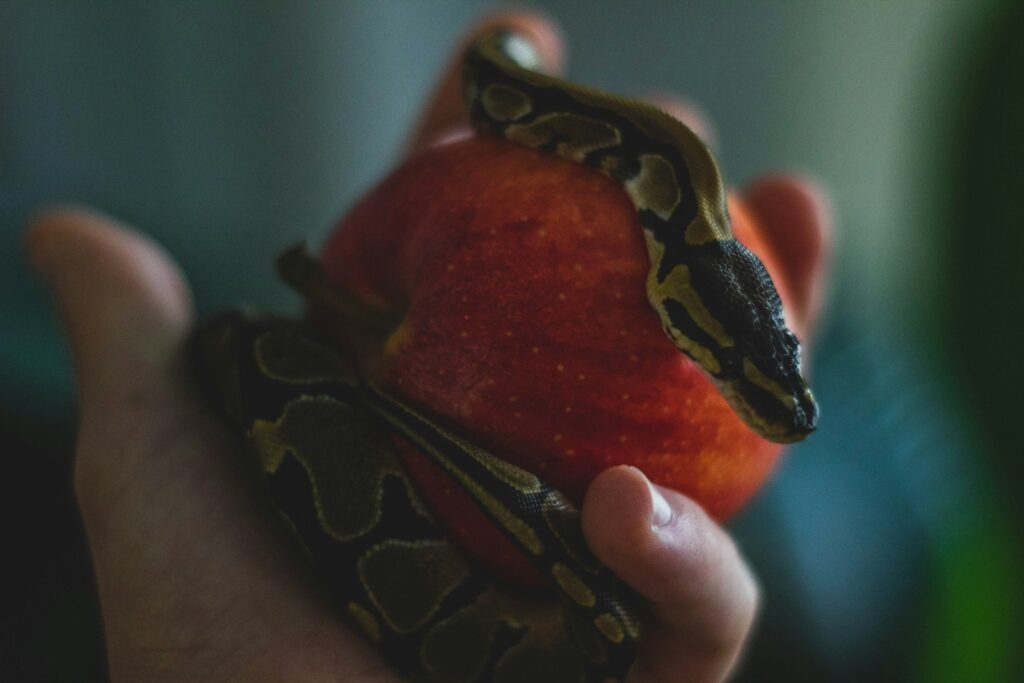
Ball pythons can be surprisingly particular about their prey items, often developing strong preferences for specific types, sizes, or presentations of food. Wild-caught specimens frequently prefer live prey, while captive-bred individuals are usually more accepting of pre-killed (frozen-thawed) food items. Some pythons show clear preferences for rats versus mice, or for prey of specific colors (white versus brown rodents). The temperature of the prey is crucial—inadequately thawed or insufficiently warmed prey items lack the heat signature that triggers a feeding response. Some individuals respond better to prey moved with tongs in a life-like manner, while others prefer prey left undisturbed in the enclosure. Experimenting with different prey types, sizes, and presentation methods can often resolve feeding issues in otherwise healthy snakes.
Improper Humidity Levels
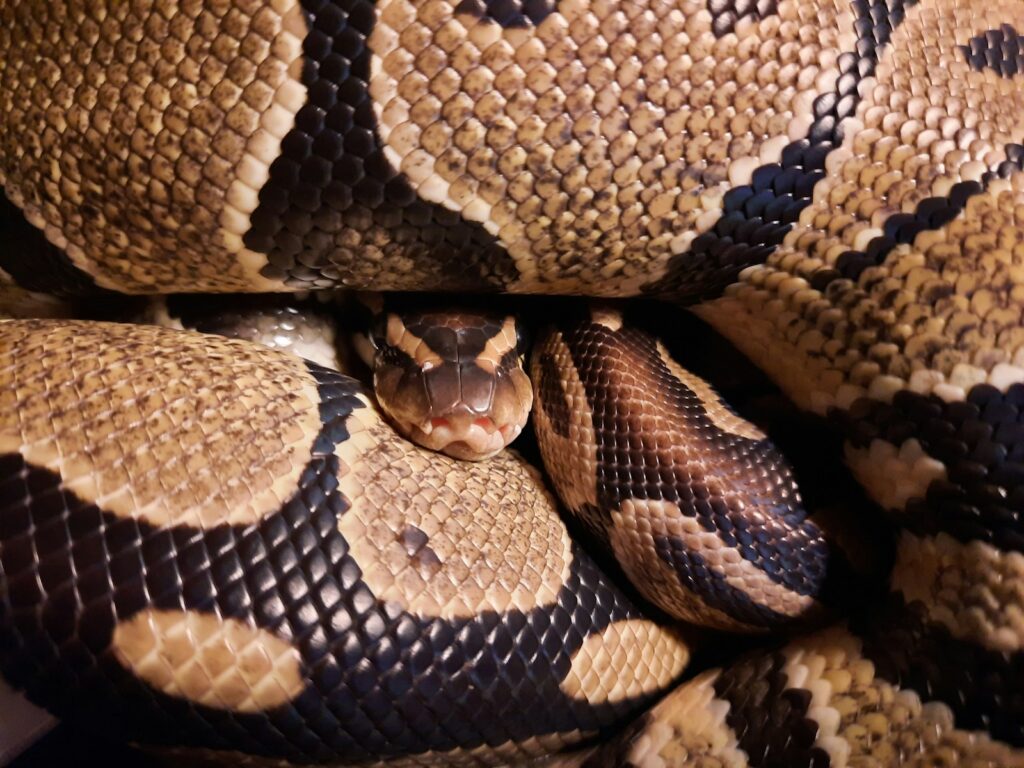
Maintaining appropriate humidity levels is essential for ball python health and can significantly impact feeding behavior. The ideal humidity range for these snakes is between 50-60% generally, increasing to 60-70% during shedding periods. Chronically low humidity can lead to dehydration, respiratory issues, and difficult sheds—all of which can suppress appetite. Conversely, excessively high humidity creates a breeding ground for harmful bacteria and fungi that may cause respiratory infections or scale rot, similarly affecting feeding behavior. Using a reliable hygrometer to monitor humidity levels is crucial for proper husbandry. Simple adjustments like properly sized water dishes, strategic ventilation management, or humidity boxes can help maintain appropriate moisture levels that support healthy feeding behaviors.
Health Issues and Parasites
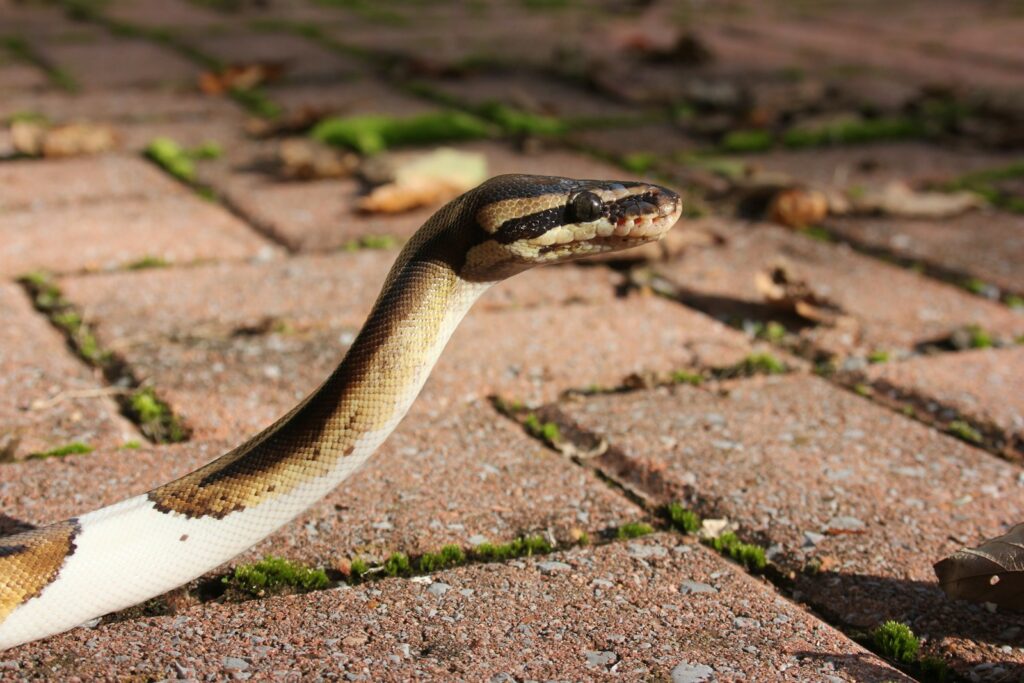
Underlying health problems are serious considerations when a ball python refuses to eat for extended periods. Respiratory infections, often indicated by wheezing, bubbling around the nostrils, or open-mouth breathing, can significantly impact appetite. Mouth rot (infectious stomatitis) makes eating painful and is characterized by excess mucus, inflammation, or cheesy discharge in the mouth. Internal parasites can cause weight loss despite normal appetite or trigger complete feeding refusal in severe cases. More serious conditions like inclusion body disease (IBD) or cryptosporidiosis may also manifest initially as feeding problems. Any feeding strike accompanied by weight loss, abnormal feces, respiratory symptoms, or unusual behavior warrants veterinary examination by an experienced reptile specialist who can provide appropriate diagnosis and treatment.
Enclosure Size and Setup Concerns
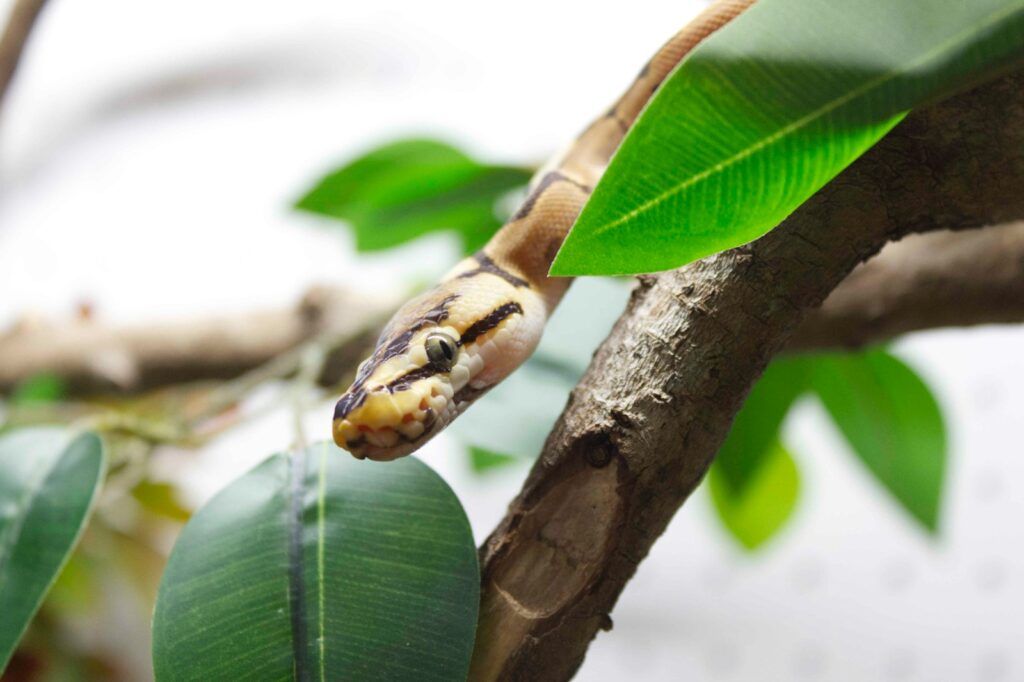
The size and configuration of your ball python’s enclosure can dramatically affect its willingness to feed. Contrary to what works for many pets, ball pythons often become stressed in enclosures that are too large, particularly when young. A habitat that’s excessively spacious can make these naturally secretive snakes feel exposed and vulnerable, triggering security-based feeding refusals. Conversely, an enclosure that’s too small restricts natural movement and can create stress from confinement. The ideal enclosure provides appropriate space with plentiful hiding opportunities—typically a minimum of one hide on the warm side and one on the cool side. Cluttered enclosures with multiple hides, plants (real or artificial), and climbing opportunities create security-enhancing pathways and visual barriers that make pythons feel protected enough to engage in normal feeding behaviors.
Breeding Season Behavior
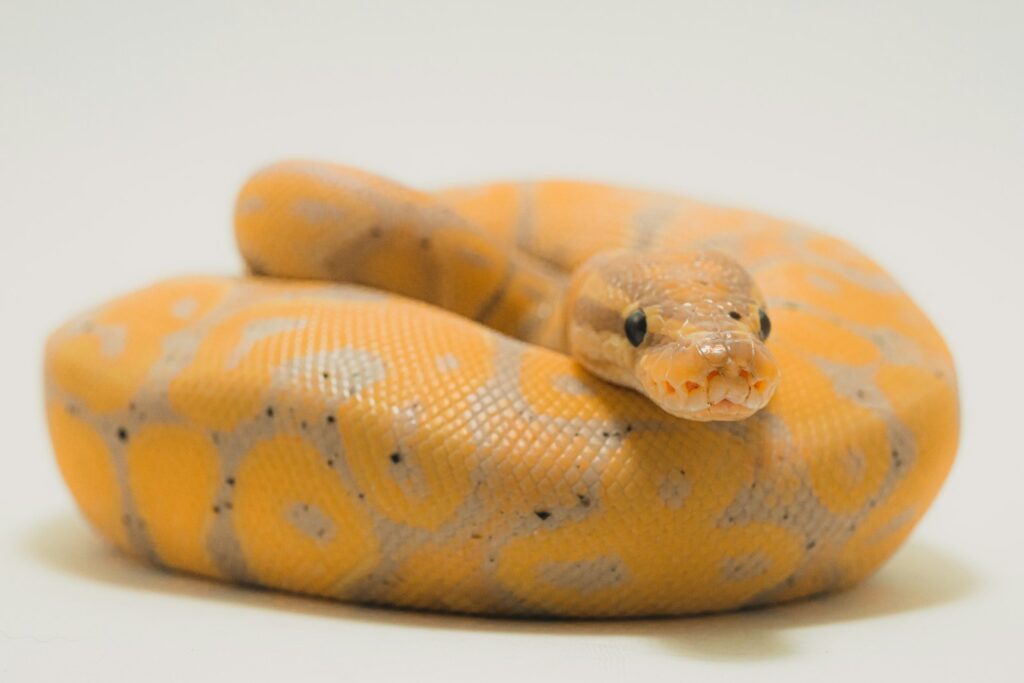
Seasonal breeding behaviors can significantly impact feeding patterns in ball pythons, even in captivity where environmental conditions remain relatively constant. Male ball pythons often undergo voluntary fasting during breeding season (typically winter through early spring in the northern hemisphere), sometimes refusing food for 2-4 months while focusing entirely on reproductive activities. Female ball pythons may also refuse food during follicle development or after ovulation. Breeding season behaviors are typically triggered by seasonal changes in temperature and daylight cycles, which many keepers inadvertently replicate through household heating/cooling patterns or natural light exposure. These natural fasting periods generally don’t represent a health concern unless accompanied by significant weight loss exceeding 10-15% of body mass. Understanding the connection between reproductive cycles and feeding patterns can help distinguish normal breeding behavior from problematic feeding refusals.
Recent Handling or Disturbances
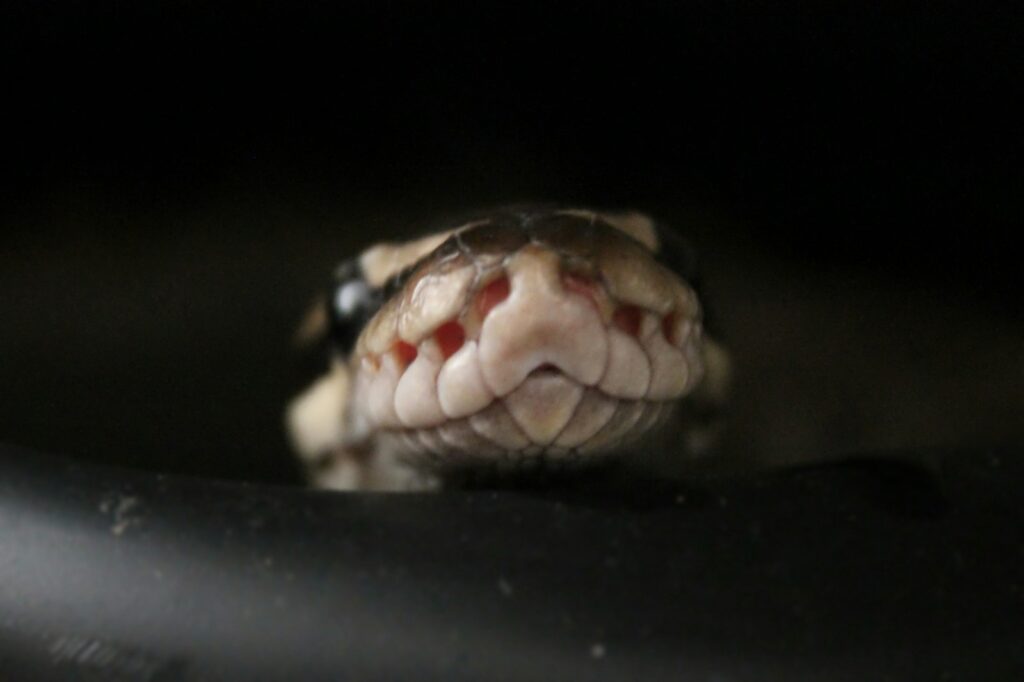
Ball pythons are sensitive to handling and environmental disturbances, particularly around feeding time. Excessive handling before an attempted feeding can stress your snake and reduce the likelihood of a successful meal. Most experienced keepers recommend avoiding handling for at least 24-48 hours before offering food to maximize feeding success. Similarly, disturbances after feeding can trigger regurgitation, which can lead to long-term feeding problems and health issues. Activity near the enclosure, loud noises, bright lights, or other pets can all constitute stressors that interfere with normal feeding behaviors. Creating a quiet, undisturbed environment during and after feeding attempts dramatically increases the chances of successful meals. Establishing a regular routine where handling occurs on specific days separate from feeding days can help your ball python develop comfortable patterns that support healthy eating habits.
Inappropriate Feeding Schedule
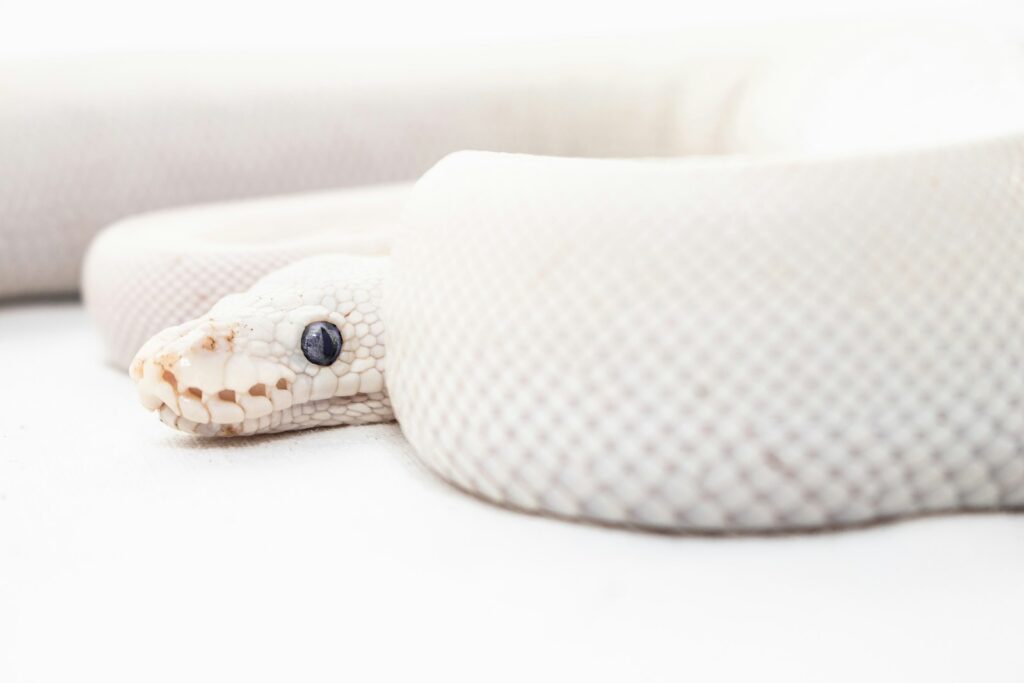
Inappropriate feeding schedules can contribute significantly to feeding problems in ball pythons. These snakes have evolved to consume relatively large meals with significant time between feedings, rather than frequent small meals. Young ball pythons (under one year) typically eat every 5-7 days, while adults can thrive on a schedule of every 10-14 days or even every 3-4 weeks for mature specimens. Attempting to feed too frequently can lead to feeding refusals as the snake simply isn’t hungry yet. Conversely, highly irregular feeding attempts can fail to establish the routine that many captive snakes respond well to. The size of prey items matters significantly—ideally, the prey should create a noticeable but not excessive bulge in the snake’s midsection. Prey that’s too large can intimidate the snake or pose ingestion hazards, while prey that’s too small may not trigger a feeding response or provide adequate nutrition.
Seasonal Changes and Brumation
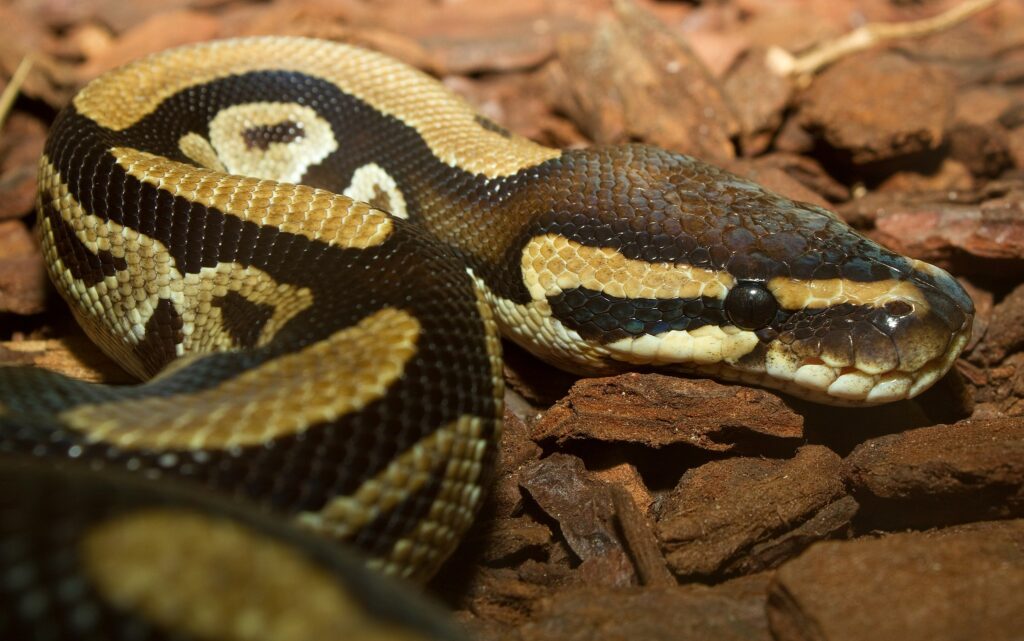
Ball pythons often respond to seasonal changes by adjusting their feeding patterns, even in captive settings. Many ball pythons naturally reduce food intake or stop eating entirely during winter months, mimicking the seasonal patterns they would experience in their native West African habitats. This period of reduced metabolism, similar but not identical to true brumation, is triggered by changes in day length, temperature fluctuations, and barometric pressure changes. Some keepers deliberately induce this slowed state through controlled temperature and lighting reductions for breeding purposes, but it can occur naturally even in consistently heated enclosures due to subtle environmental cues. Healthy adult ball pythons can safely go through these seasonal fasts as long as they maintain appropriate body condition. Understanding these natural rhythms helps distinguish normal seasonal appetite fluctuations from problematic feeding refusals that require intervention.
When to Seek Veterinary Care

While temporary feeding strikes are normal for ball pythons, certain situations warrant professional veterinary attention from an experienced reptile specialist. Seek veterinary care if your ball python has refused food for more than 3 months and shows signs of significant weight loss, with visible spine or hip bones, sunken appearance, or loss of more than 10-15% body weight. Other concerning symptoms include respiratory distress (wheezing, bubbling around nostrils, open-mouth breathing), abnormal feces or urates, visible injuries or abnormal scales, or unusual behaviors like star-gazing or disorientation. A comprehensive veterinary examination may include physical assessment, fecal testing for parasites, and potentially blood work or imaging to identify underlying health issues. Regular weight monitoring using an accurate digital scale provides valuable data for tracking your snake’s health status during non-feeding periods and can help determine when veterinary intervention becomes necessary.
Understanding why your ball python isn’t eating requires patience, observation, and knowledge of natural behaviors. Most feeding strikes resolve naturally with proper husbandry adjustments and time. By addressing environmental factors, reducing stress, and respecting your snake’s natural rhythms, you can typically encourage healthy feeding patterns. Remember that ball pythons are remarkably resilient and can tolerate temporary fasting periods without harm when otherwise healthy. Monitor weight and body condition during non-feeding periods, maintain optimal husbandry, and consult a reptile veterinarian if you observe concerning symptoms or prolonged fasting with weight loss. With proper care and attention to these details, most ball pythons return to regular feeding patterns and thrive in captivity for their full 20-30 year potential lifespan.

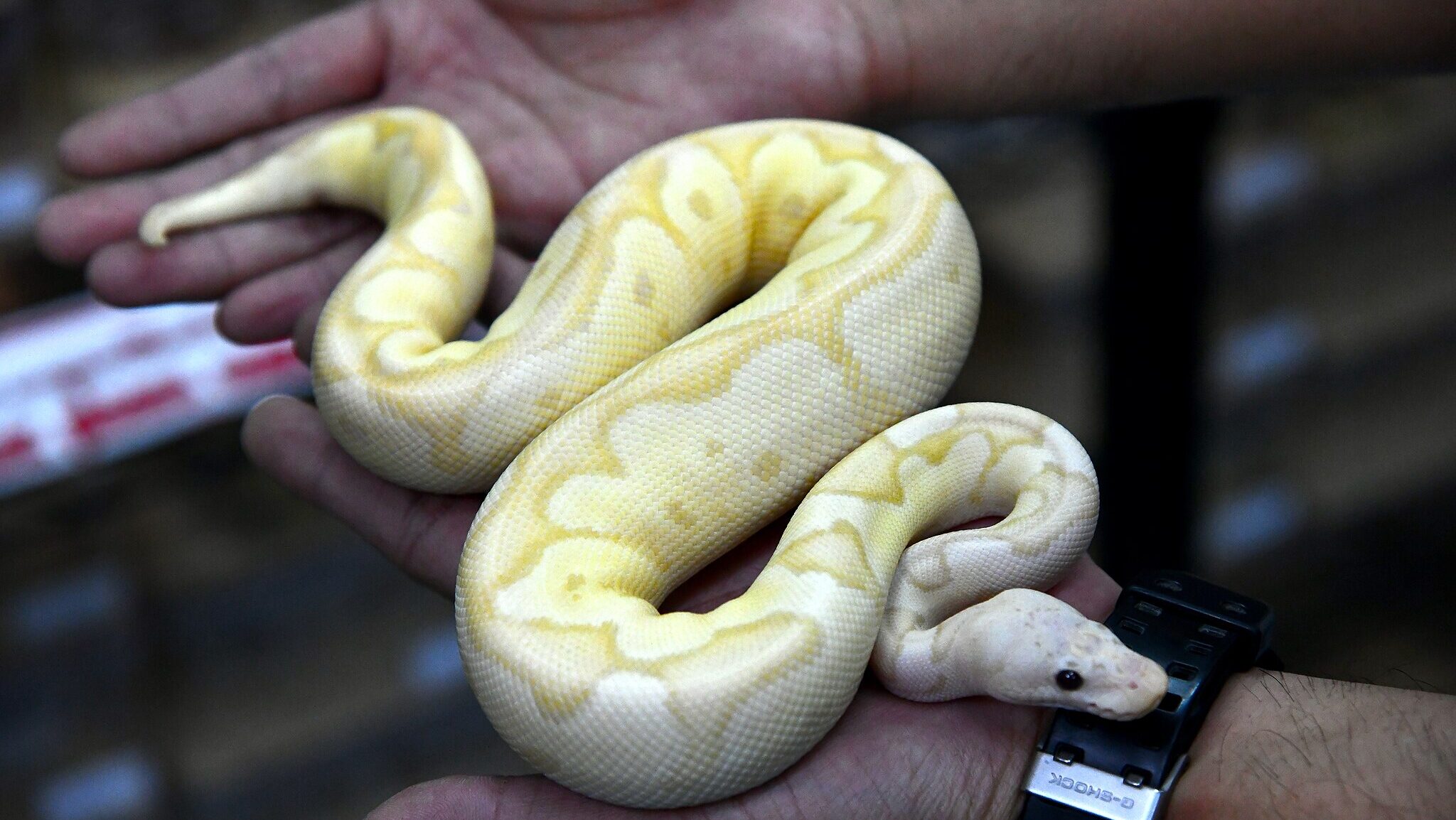
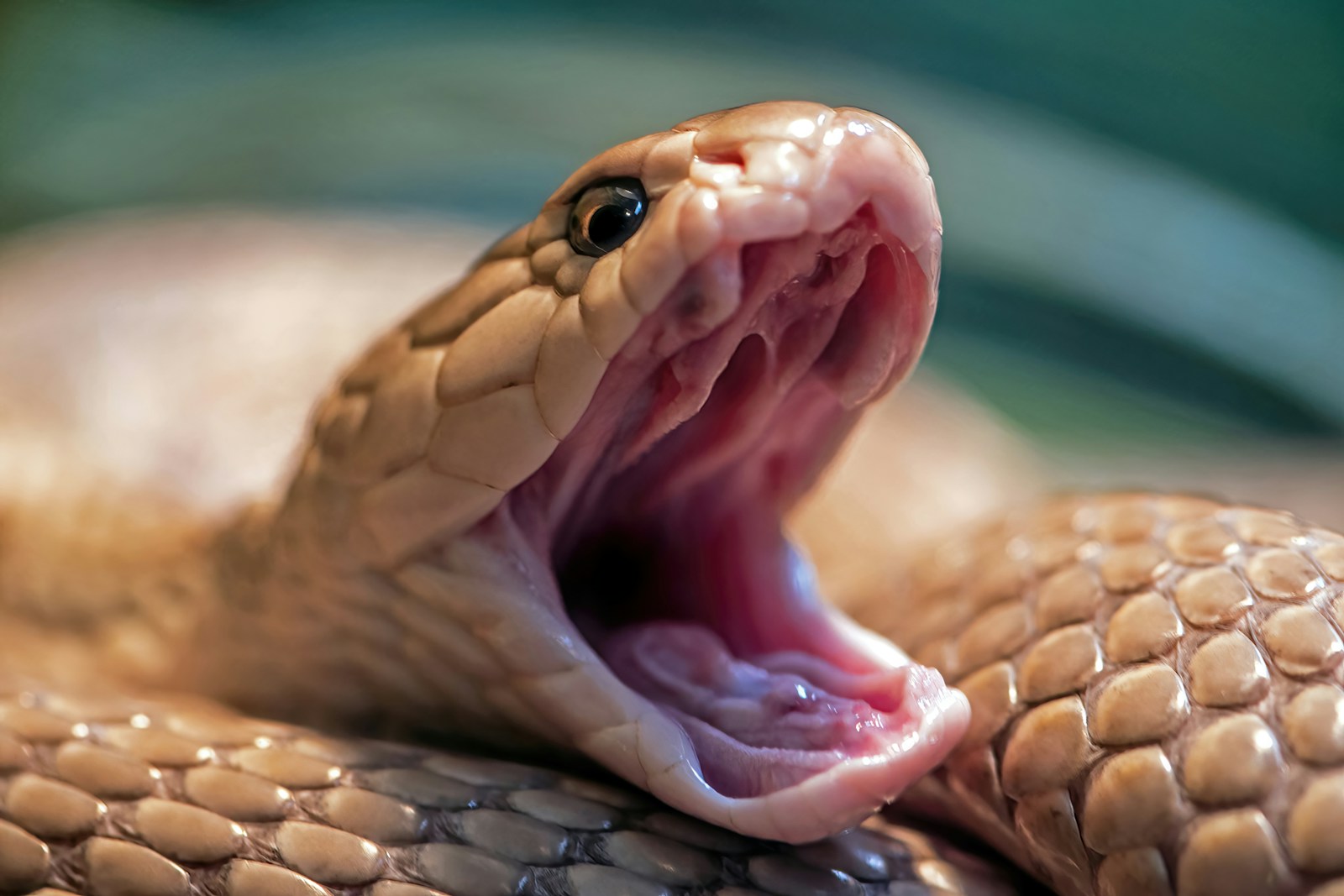



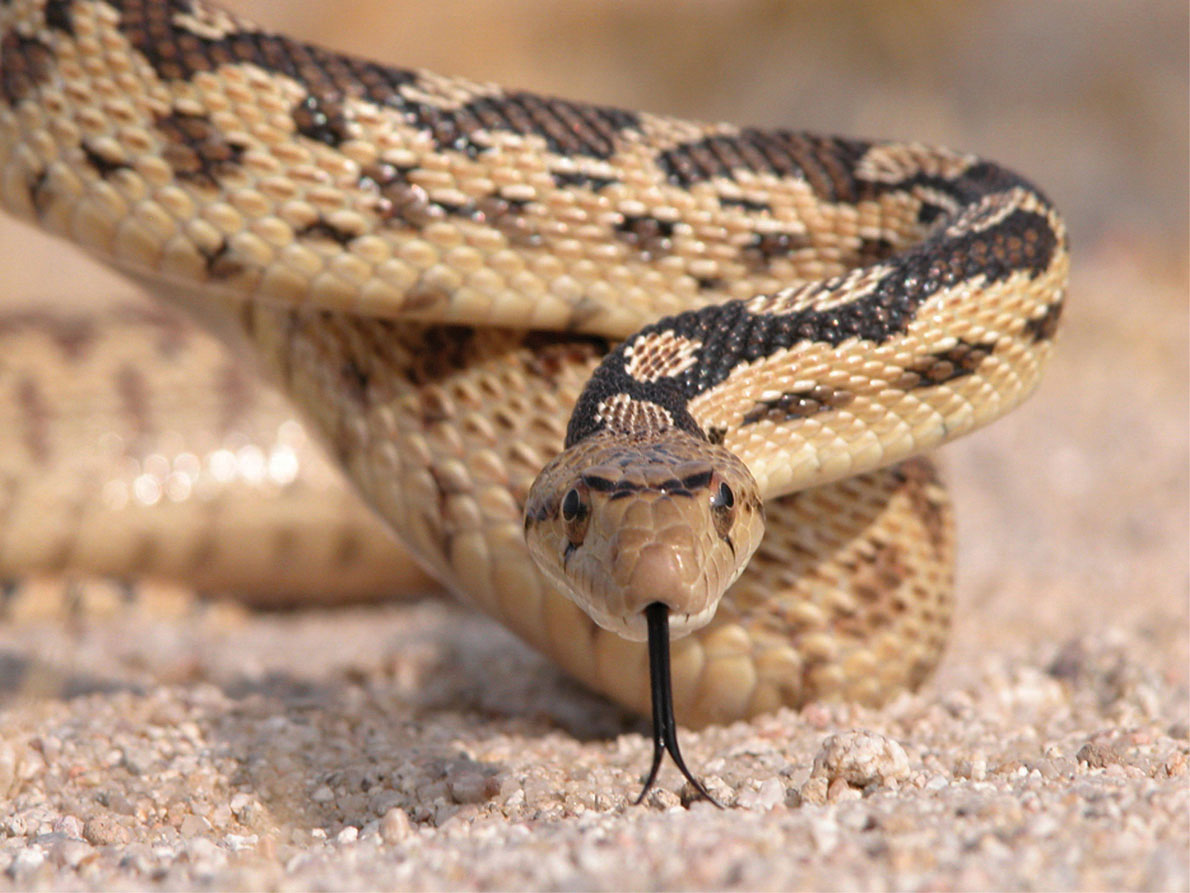


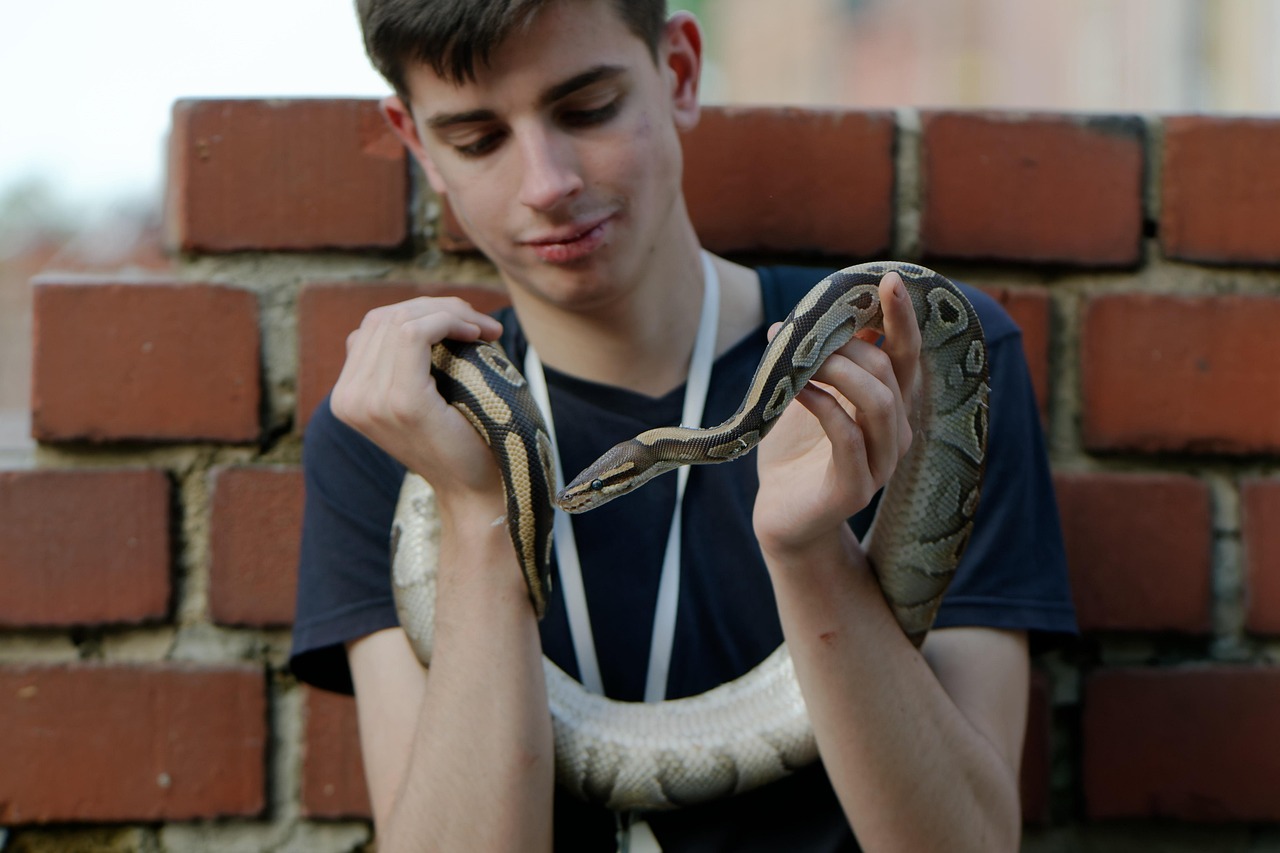
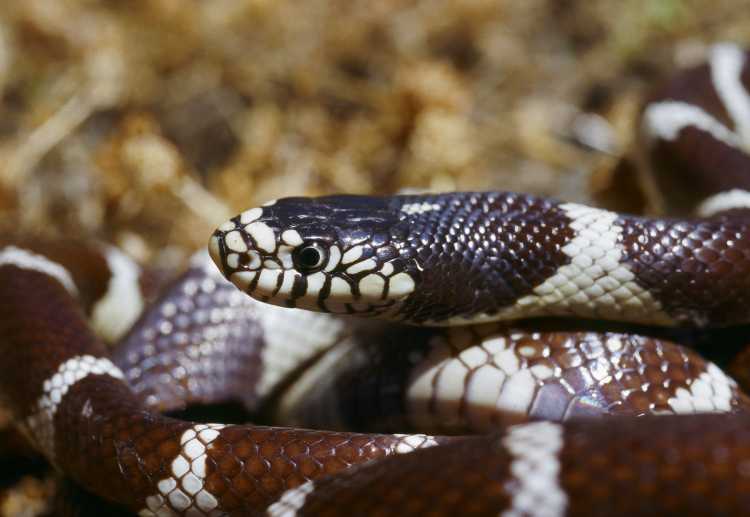
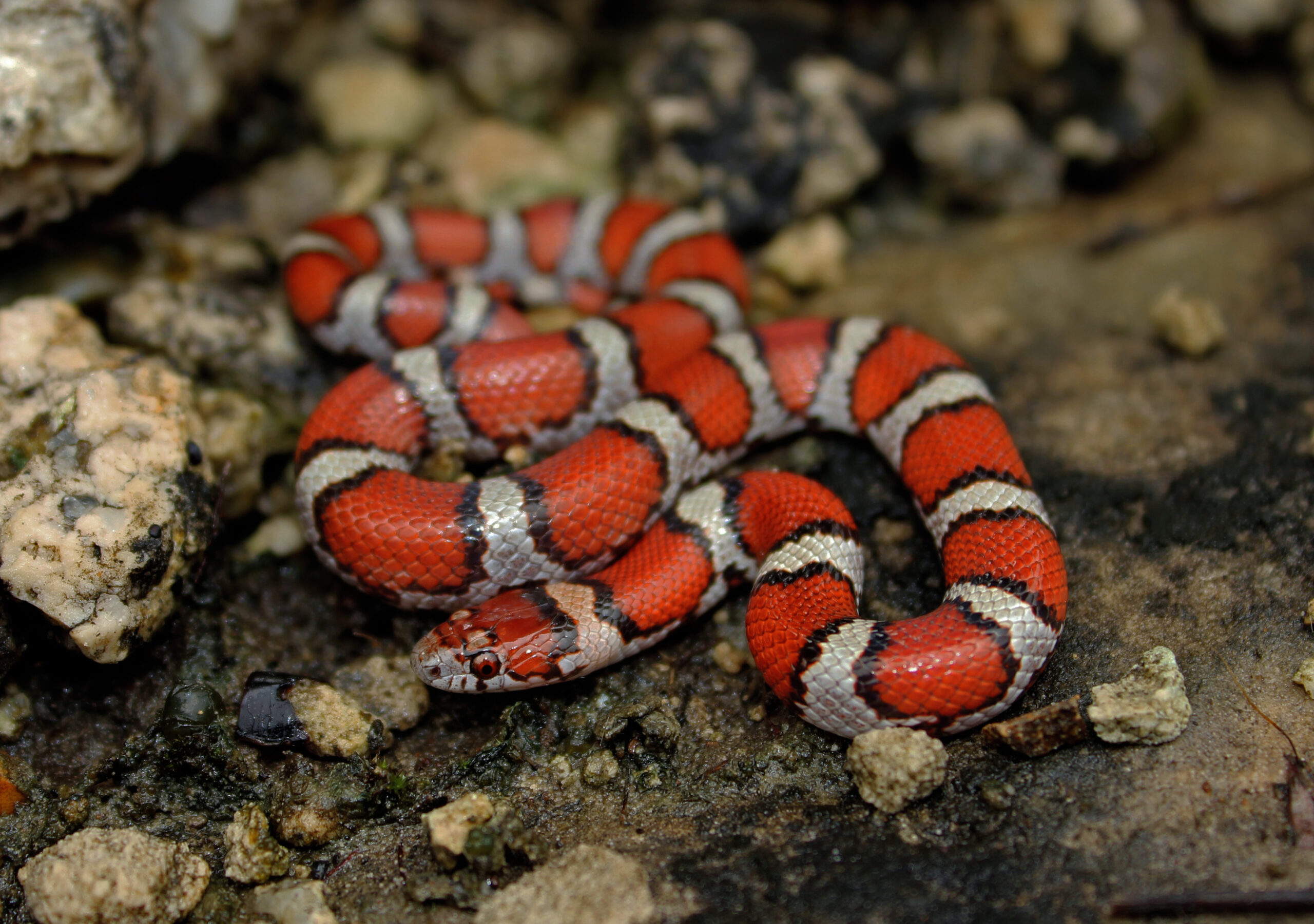




Leave a Reply